Is a fever of 101 high. Fever in Children: Understanding Symptoms, Causes, and Treatment Options
What temperature is considered a fever in children. How to accurately measure a child’s temperature. When should parents be concerned about their child’s fever. What are the best ways to treat a fever at home. When is it necessary to seek medical attention for a child’s fever.
Understanding Fever: A Natural Defense Mechanism
Fever is often a source of concern for parents, but it’s important to understand that it’s actually a natural and beneficial response by the body. When the immune system detects an infection, it raises the body’s temperature to create an inhospitable environment for pathogens. This elevated temperature also helps stimulate the production of white blood cells and antibodies to fight off the invading organisms.
But what exactly constitutes a fever? According to medical professionals, a temperature of 100.4°F (38°C) or higher is considered a fever. However, it’s crucial to note that normal body temperature can vary throughout the day and from person to person. Generally, body temperature tends to be lowest in the morning and highest in the late afternoon or evening.
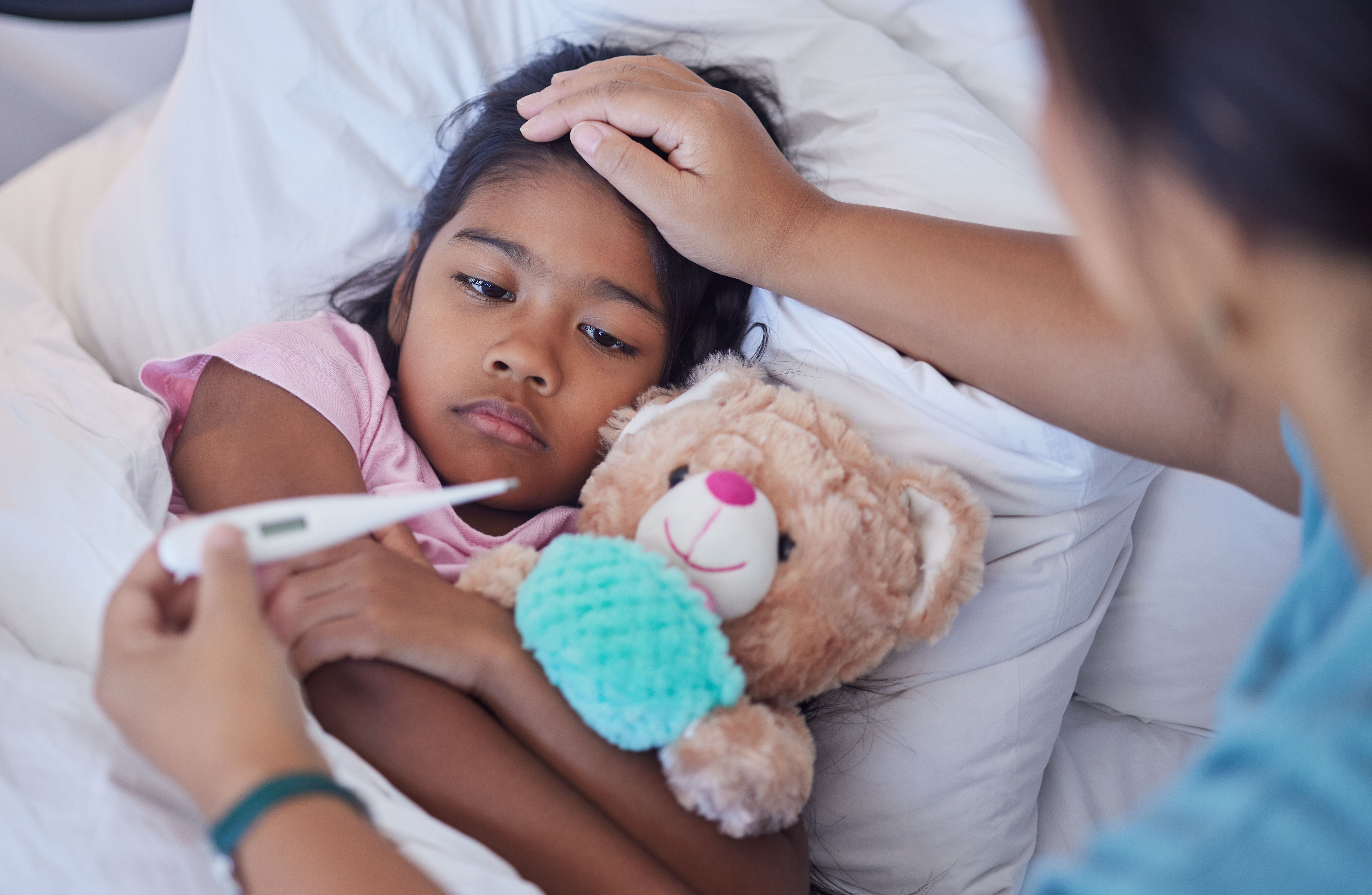
The Fluctuation of Normal Body Temperature
While 98.6°F (37°C) is often cited as the “normal” body temperature, this is actually an average. Individual temperatures can range from 97°F to 99°F (36.1°C to 37.2°C) and still be considered normal. Factors such as age, activity level, and time of day can all influence body temperature.
Accurate Temperature Measurement: Tools and Techniques
To accurately assess whether your child has a fever, it’s essential to use the right tools and techniques. Digital thermometers are generally recommended for their accuracy and ease of use. But where should you measure the temperature?
- Rectal temperature: Considered the most accurate method, especially for infants and young children
- Oral temperature: Suitable for older children who can hold the thermometer under their tongue
- Axillary (armpit) temperature: Less accurate but can be used as a quick screening method
- Tympanic (ear) temperature: Quick and generally accurate, but can be affected by ear wax or improper placement
- Temporal (forehead) temperature: Non-invasive and relatively accurate, but can be affected by environmental factors
For the most reliable results, pediatricians often recommend using a digital thermometer rectally for infants and young children. As children get older, oral temperatures become more practical and nearly as accurate.

Recognizing Fever Symptoms in Children
While an elevated temperature is the primary indicator of fever, there are several other symptoms parents should be aware of:
- Flushed cheeks
- Warm or hot skin
- Sweating or chills
- Lethargy or irritability
- Loss of appetite
- Headache
- Muscle aches
- Dehydration
It’s important to note that the presence and severity of these symptoms can vary depending on the underlying cause of the fever and the child’s individual response.
Fever Thresholds: When to Be Concerned
While fever itself is not typically dangerous, there are certain thresholds that warrant closer attention or medical intervention. These thresholds can vary based on the child’s age:
Newborns (0-3 months)
For newborns, any fever (rectal temperature of 100.4°F or higher) is considered serious and requires immediate medical attention. At this age, babies have immature immune systems and are more susceptible to severe infections.
Infants and Toddlers (3 months – 3 years)
For children in this age group, a fever of 102°F or higher may be cause for concern, especially if accompanied by other symptoms such as lethargy, poor feeding, or signs of dehydration.
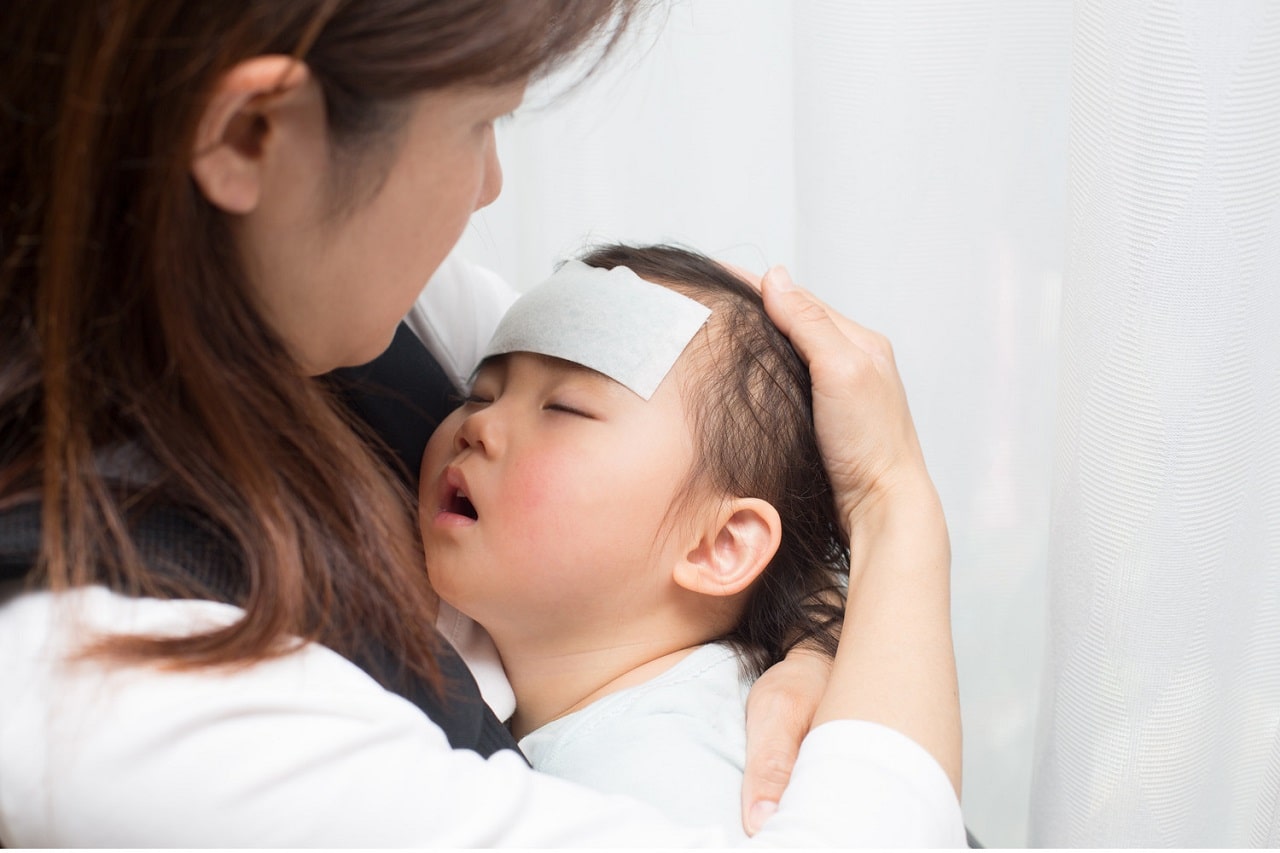
Older Children (3 years and up)
In older children, fevers up to 102°F can usually be managed at home. However, if the fever persists for more than three days or rises above 103°F, it’s advisable to consult a healthcare provider.
Home Treatment Strategies for Fever
When your child has a fever, there are several steps you can take at home to help manage their symptoms and keep them comfortable:
- Encourage rest: Allow your child to sleep and relax as much as possible to help their body fight the infection.
- Provide plenty of fluids: Fever can lead to dehydration, so ensure your child drinks water, clear broths, or electrolyte solutions regularly.
- Dress appropriately: Use light, breathable clothing and keep room temperature comfortable (not too hot or cold).
- Use fever-reducing medications: Over-the-counter medicines like acetaminophen or ibuprofen can help reduce fever and alleviate discomfort. Always follow dosage instructions based on your child’s age and weight.
- Apply cool compresses: A lukewarm washcloth on the forehead can provide some relief.
It’s important to note that while these strategies can help manage symptoms, they don’t treat the underlying cause of the fever. If symptoms persist or worsen, consult your healthcare provider.
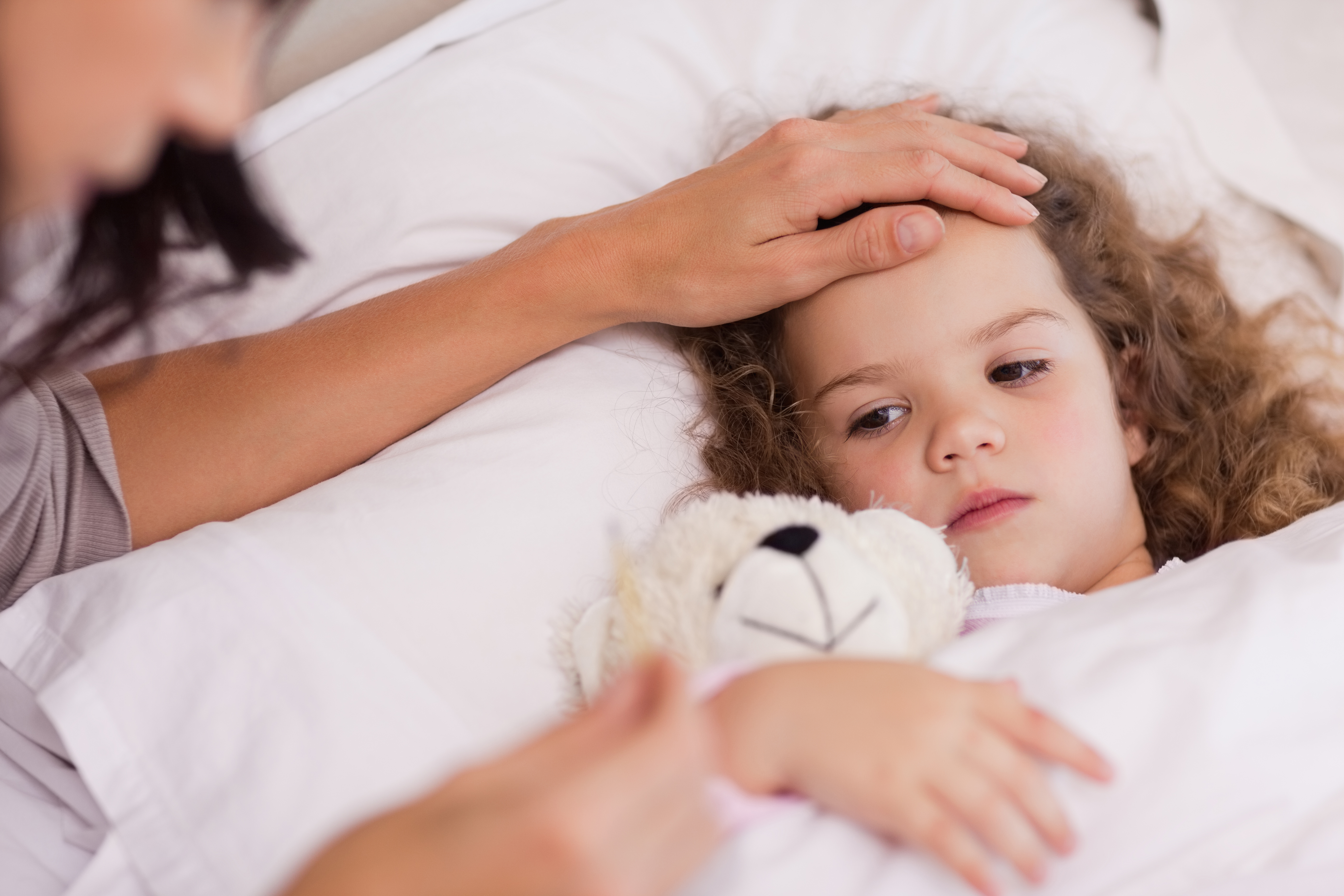
When to Seek Medical Attention
While most fevers in children can be managed at home, there are certain situations that require prompt medical attention:
- Any fever in an infant under 3 months old
- Fever lasting more than 3 days
- Fever above 104°F (40°C)
- Signs of dehydration (dry mouth, no tears when crying, decreased urination)
- Difficulty breathing or chest pain
- Severe headache or neck stiffness
- Persistent vomiting or diarrhea
- Seizures or convulsions
- Unusual rashes or bruising
- Extreme lethargy or difficulty waking
If your child exhibits any of these symptoms alongside a fever, it’s crucial to seek medical help promptly. These could be signs of more serious conditions that require professional evaluation and treatment.
Common Causes of Fever in Children
Fever is a symptom, not a disease itself. Understanding the potential causes can help parents better manage their child’s health. Some common causes of fever in children include:
Viral Infections
The most frequent cause of fever in children is viral infections. These can include:
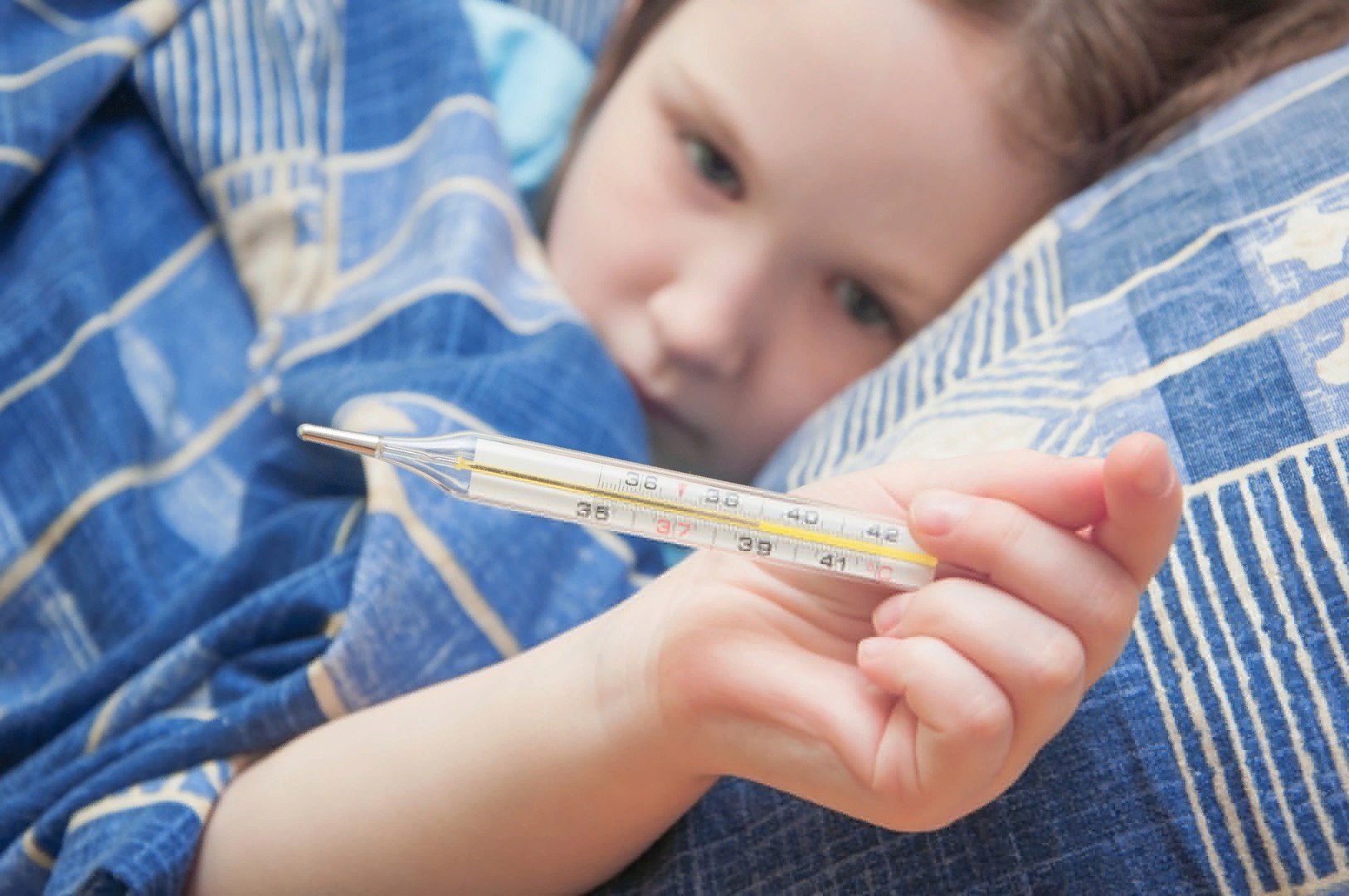
- Common cold
- Flu (influenza)
- Respiratory syncytial virus (RSV)
- Gastroenteritis (stomach flu)
- Roseola
- Hand, foot, and mouth disease
Viral infections typically resolve on their own within a few days to a week, with supportive care being the primary treatment.
Bacterial Infections
While less common than viral infections, bacterial infections can also cause fever in children. Examples include:
- Strep throat
- Ear infections
- Urinary tract infections
- Pneumonia
- Meningitis
Bacterial infections often require antibiotic treatment and should be evaluated by a healthcare provider.
Other Causes
Less commonly, fever in children can be caused by:
- Certain immunizations
- Autoimmune disorders
- Heat exhaustion
- Some medications
If a fever persists or is accompanied by unusual symptoms, it’s important to consult with a pediatrician to determine the underlying cause.
Debunking Fever Myths: Separating Fact from Fiction
There are many misconceptions about fever in children that can lead to unnecessary worry or inappropriate treatment. Let’s address some common myths:
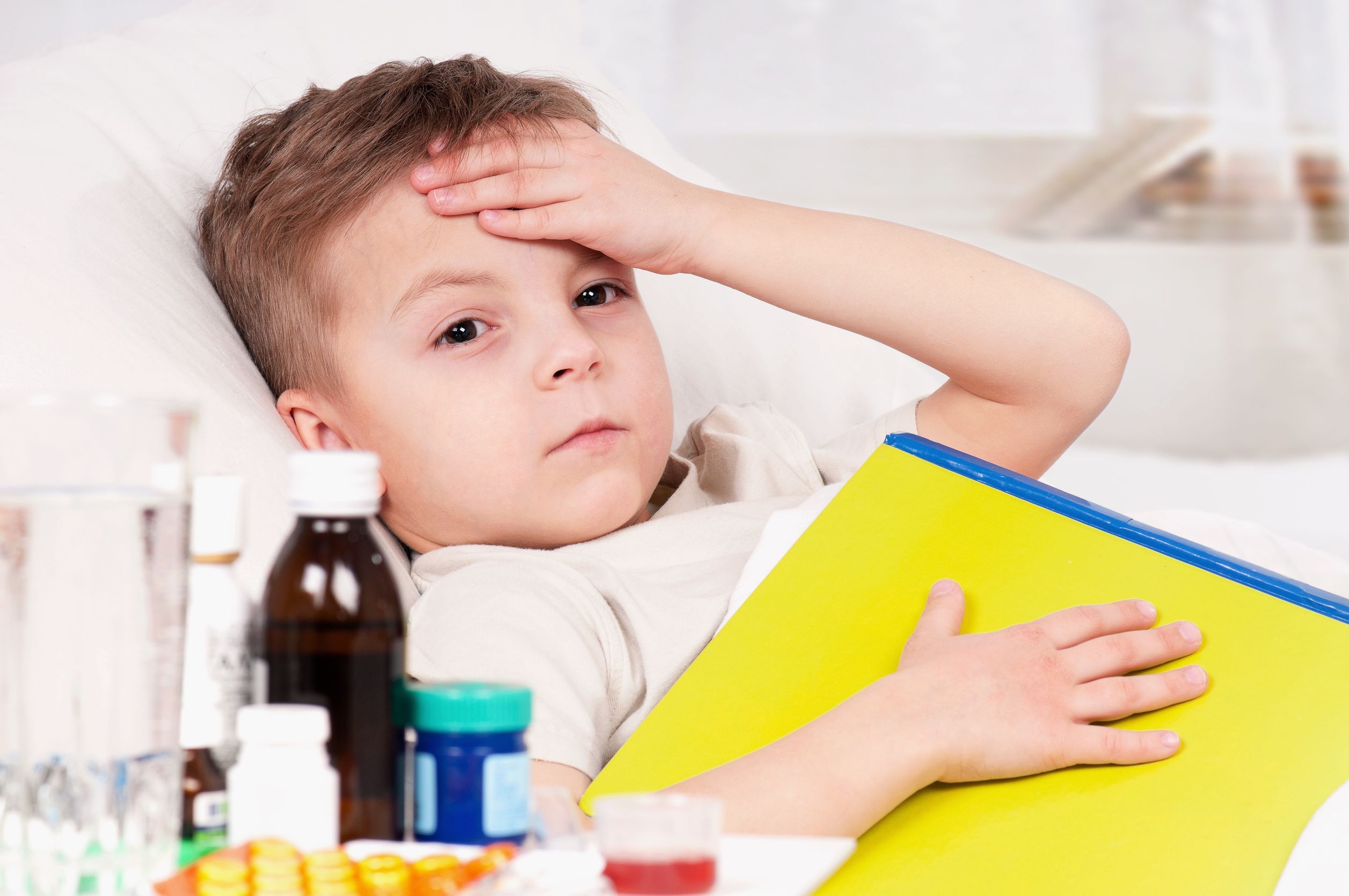
Myth: Fever is dangerous and can cause brain damage
Fact: Fever itself does not cause brain damage. Only extremely high fevers (above 107°F or 41.7°C), which are very rare, pose this risk. The normal fever response is generally safe and beneficial.
Myth: All fevers need to be treated with medication
Fact: Low-grade fevers (below 102°F or 38.9°C) in otherwise healthy children often don’t require treatment. The focus should be on keeping the child comfortable and hydrated.
Myth: If the fever doesn’t come down with medication, it’s a sign of serious illness
Fact: Fever-reducing medications are designed to make the child more comfortable, not to eliminate the fever entirely. A persistent fever doesn’t necessarily indicate a more severe illness.
Myth: Bundling up a child with a fever will help “sweat it out”
Fact: Overdressing or bundling a feverish child can actually make them more uncomfortable and potentially increase their temperature. Light, breathable clothing is best.
Myth: The height of the fever indicates the severity of the illness
Fact: The degree of fever doesn’t necessarily correlate with the seriousness of the illness. A child with a mild viral infection might have a high fever, while a child with a more serious bacterial infection could have a lower fever.
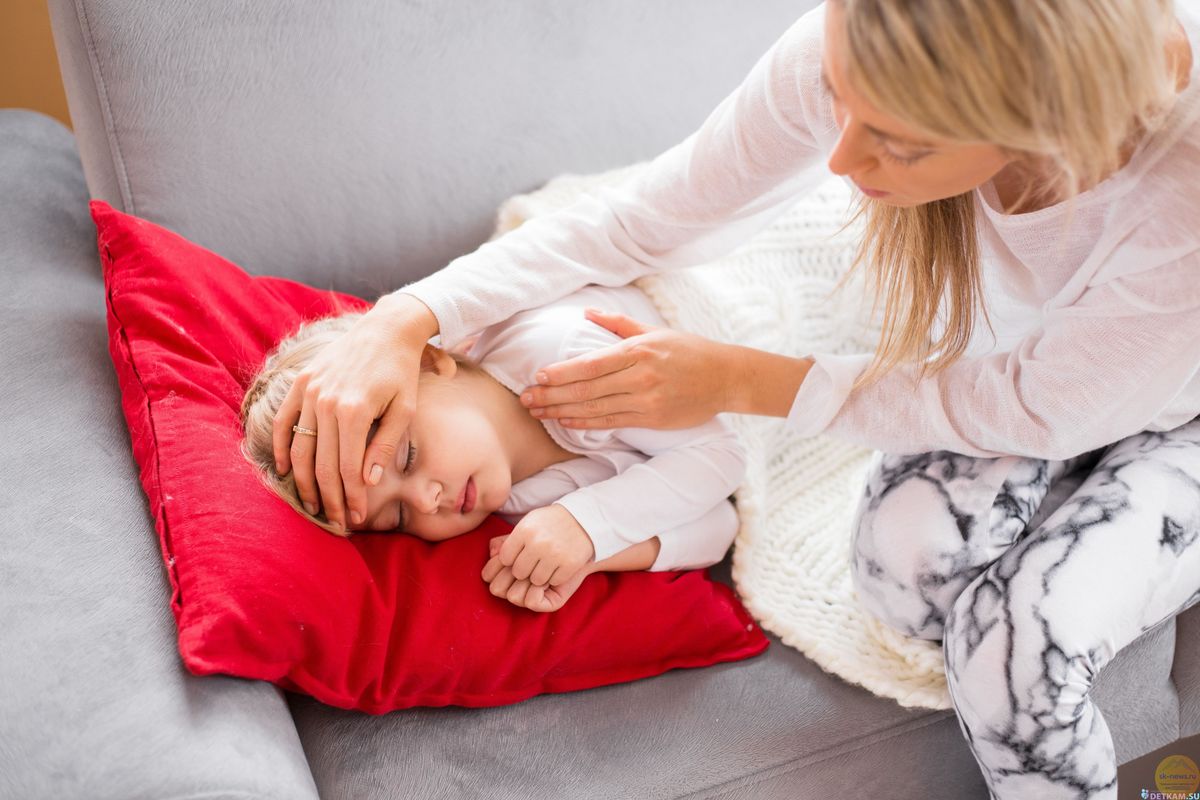
Understanding these facts can help parents respond more appropriately to their child’s fever and reduce unnecessary anxiety.
Preventing the Spread of Infectious Illnesses
While fever itself isn’t contagious, the underlying infections that cause fever often are. To prevent the spread of illness within your family and community, consider these strategies:
- Encourage frequent hand washing with soap and water
- Teach children to cover their mouth and nose when coughing or sneezing
- Keep children home from school or daycare when they’re ill
- Regularly clean and disinfect frequently touched surfaces
- Ensure your child is up-to-date on recommended vaccinations
- Promote a healthy lifestyle with proper nutrition, adequate sleep, and regular exercise to boost immunity
By implementing these preventive measures, you can help reduce the frequency of fevers and other illnesses in your household.
Remember, while fever can be concerning, it’s typically a sign that your child’s body is working hard to fight off an infection. By understanding the nature of fever, knowing how to properly assess and manage it, and recognizing when to seek medical help, you can navigate this common childhood occurrence with confidence. Always trust your instincts as a parent, and don’t hesitate to contact your healthcare provider if you’re unsure about your child’s condition.
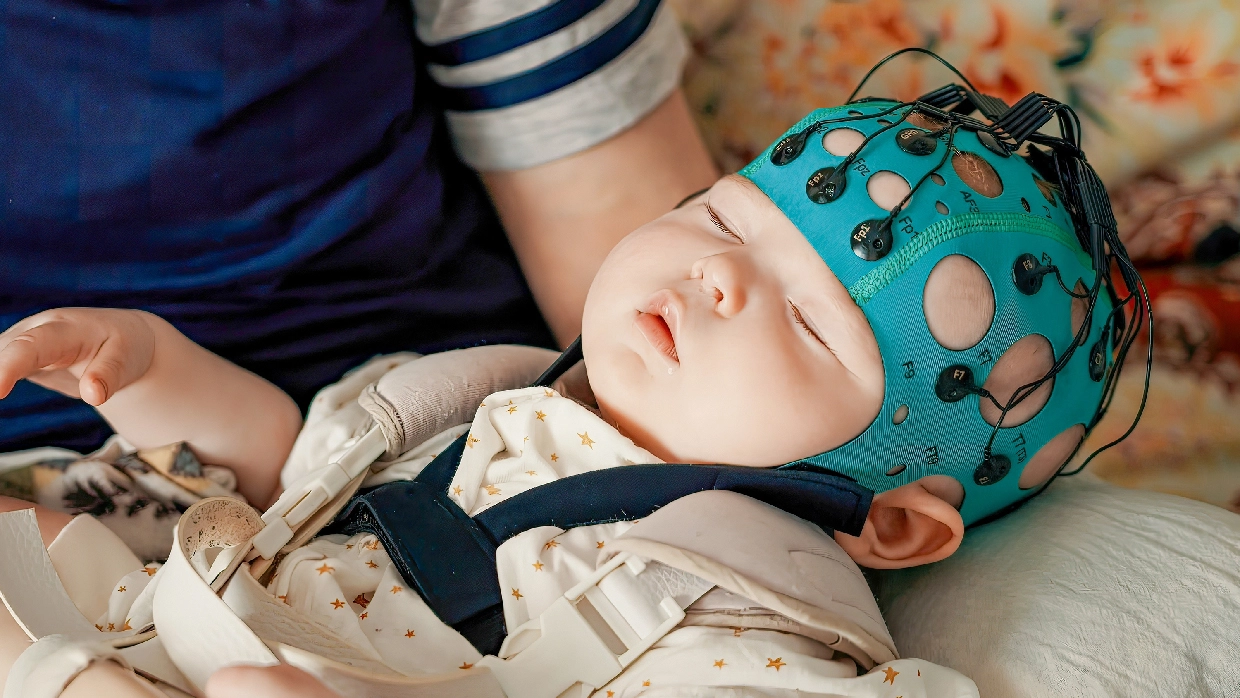
Fever 101 – A guide to kid’s fevers
Close
Search Lebonheur.org for…
Posted: May 09, 2022
Fever in children can be a scary thing for parents, often causing them to wonder if a trip to the emergency room is necessary. Le Bonheur Pediatrician Ruth Patton MD, of Pediatric Consultants, shares the advice she often gives parents when their child feels feverish.
“Don’t panic,” says Dr. Patton. “Know that fever is the body’s natural reaction to infection.
Dr. Patton offers three important questions to ask yourself when your child has a high temperature:
- Is your child’s breathing labored?
- Is your child drinking less or experiencing decreased urine output?
- Is your child crying inconsolably?
If you answer yes to any of these questions, it’s best to call your pediatrician’s office, no matter your child’s degree of fever.
Dr. Patton stresses that if you have an infant younger than 2 months with a rectal temperature of 100. 4 degrees Fahrenheit or higher, you need to call your pediatrician immediately. Fever in newborns does require an exam, as newborns have immature immunity and are more susceptible to serious illness.
4 degrees Fahrenheit or higher, you need to call your pediatrician immediately. Fever in newborns does require an exam, as newborns have immature immunity and are more susceptible to serious illness.
Even if your child does not show signs of serious illness, a fever can make him or her uncomfortable. To make your child as comfortable as possible, you can provide temporary relief by administering a dosage of acetaminophen or ibuprofen if he or she is 6 months or older. Most children with a temperature lower than 101 degrees Fahrenheit may not need medication, but if you notice that your child is uncomfortable, it won’t hurt to give them an over-the-counter medicine. You should also keep your child dressed in light clothing, keep the house at a comfortable temperature, offer plenty of fluids and make sure they rest.
Knowing your child’s normal behavior and the symptoms that are accompanying the fever is the most important information for you to consider. As long as you don’t notice any of the three red flags, a trip to the doctor’s office probably isn’t necessary.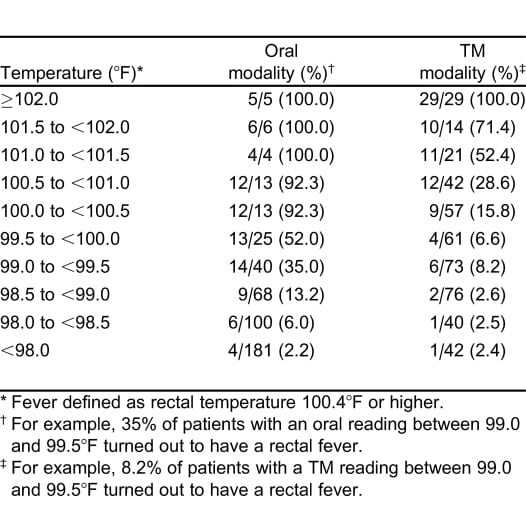 Just remember to monitor your child closely. If the fever has not reduced after 24 hours on medication, call your child’s pediatrician.
Just remember to monitor your child closely. If the fever has not reduced after 24 hours on medication, call your child’s pediatrician.
What temperature is a fever?
100.4 degrees Fahrenheit measured rectally, orally, temporally (forehead) or tympanically (ear).
What ‘is’ a fever?
Fever is the body’s natural defense against infection.
When should I call the doctor?
Call your pediatrician if you have an infant younger than 2 months with a rectal temperature of 100.4F or if your child is experiencing any of the following:
- Labored breathing
- Inconsolable crying
- Decreased drinking or urine output
You should also call your doctor if you have a child with a temperature higher than 104 degrees Fahrenheit or temperature does not respond to medication.
What should I do if my child has a temperature of 104 degrees Fahrenheit but is acting normally?
If your child is not exhibiting any of the behavioral red flags, give your child a dosage of acetaminophen or ibuprofen if he or she is at least 6 months old. Continue to monitor your child’s behavior and call the doctor if the fever has not gone down after 24 hours with medication.
Continue to monitor your child’s behavior and call the doctor if the fever has not gone down after 24 hours with medication.
What type of thermometer and method gives the most accurate temperature reading?
A digital thermometer administered rectally will give you the most accurate temperature.
Authored by:
Ruth Patton, MD
Le Bonheur Pediatrician
Subscribe to the blog so you don’t miss a post.
RSS
Previous Article
Home
Next Article
Fever 101: The why, how and what to do for fevers in children
“I don’t feel so good,” your child groans. You put a hand to your child’s forehead, and sure enough, it’s warm to the touch. Fever strikes again!
A fever is not an illness itself – it is actually a sign that the body is fighting off an infection.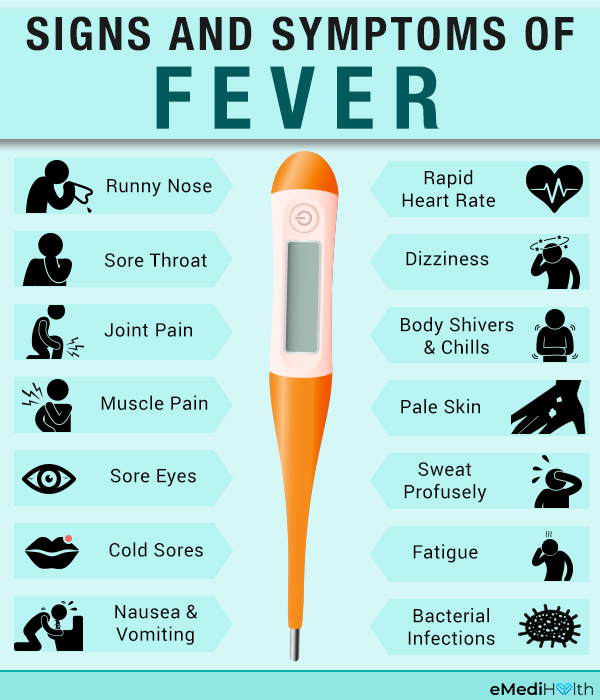 And while fevers may cause your child discomfort, they are generally not a serious health concern. Fevers usually go away on their own after a few days.
And while fevers may cause your child discomfort, they are generally not a serious health concern. Fevers usually go away on their own after a few days.
High, medium, low: When is it fever? Though 98.6F is considered a “normal” body temperature, our temperatures actually fluctuate throughout the day. But anything above 100.3F is considered a fever.
Normal body temperature is typically highest in the evening, says Carlos Lerner, MD, UCLA pediatrician. So when your child is sick, that natural increase in body temperature, plus the elevated temperature caused by the fever, means your child may be most miserable during evening and nighttime hours.
“Everything hurts” Common symptoms of fever include:
- Temperature on the thermometer is higher than normal
- Hot, dry skin
- Sweating, shivering and/or chills
- Weakness
- Muscle aches
- Loss of appetite
- Headache
- Dehydration
Three ways to take your child’s temperature Even if you can tell by touch that your child has a fever, it’s a good idea to take his or her temperature, so you have an accurate reading.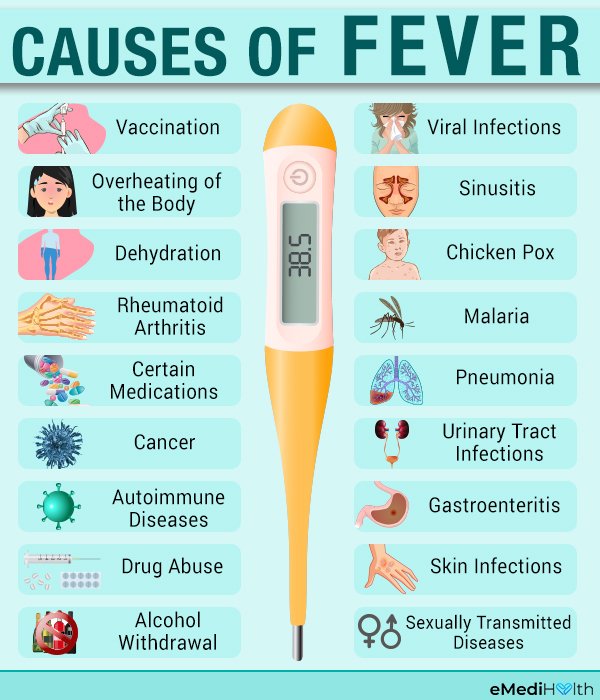 This is especially important in younger children, because a high temperature may warrant a call to your doctor.
This is especially important in younger children, because a high temperature may warrant a call to your doctor.
There are three commonly used thermometers you can use to get an accurate temperature. Most should give you a reading within 10 seconds to two minutes.
- Rectal: This is best for infants and has a high level of accuracy. Insert the flexible tip of the thermometer into your child’s rectum, but no further than an inch. Be sure to use this thermometer for rectal temps only. Keep a separate one around for taking temperature by mouth.
- Oral: When children are a little older (around age 4), they can hold the tip of the thermometer under their tongues, with their mouths closed.
- Ear: Insert the thermometer into your child’s ear. This is best for babies 6 months and older because the ear canals in younger babies may be too narrow.
Treating a fever You can’t “cure” a fever, but these steps may make your child more comfortable:
- Dressing lightly
- Drinking plenty of liquids
- Taking a lukewarm bath if they have the chills
- Placing a cold washcloth on the forehead or wrists
- Taking medicine:
- For children older than 3 months with a temperature of 102F or more, you can give acetaminophen (Tylenol).

- For children older than 6 months, you can also give ibuprofen (Motrin®).
- If your child is older than 3 months with a temperature below 102F, he/she does not typically require medication.
- For children older than 3 months with a temperature of 102F or more, you can give acetaminophen (Tylenol).
A child can return to daycare or school after being fever-free for 24 hours.
When a fever is serious Though you usually do not need to schedule a doctor’s visit at the first sign of fever, you should call your doctor if your child has these symptoms:
- A temperature of 104F or higher
- Fever that lasts more than three days (or more than 24 hours for children under age 2)
- Seizure, irregular breathing, stiff neck, vomiting or not eating/drinking
- Fever 100.4F or higher among children younger than 3 months
- Temperature above 102.5F for children between the ages of 3 and 6 months
These may be signs of a more serious illness and should be addressed immediately.
For your child’s fevers, and any other aches and pains of childhood, make an appointment with the expert pediatricians at Mattel Children’s Hospital UCLA.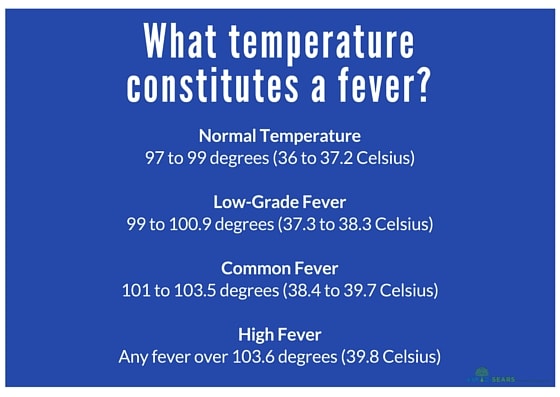
Lassa fever – Nigeria
Outbreak summary
There is currently a major outbreak of Lassa fever in Nigeria, during which during the period from the 1st to the 15th epidemiological week of 2023 (week ending 16 April) There were 4702 suspected cases, five probable cases and 877 confirmed cases. Among cases with a confirmed diagnosis, 152 deaths were registered (case fatality rate 17%). Lassa fever is endemic in Nigeria and parts of West Africa, where the African polynipple rat is a major reservoir of the Lassa virus.
The implementation of anti-epidemic measures in connection with the current outbreak is hampered by the fact that the country currently has to respond to a number of emergencies at the same time.
The disease is characterized by a wide variety of symptoms, and therefore the diagnosis can be difficult. Most infections (about 80%) caused by the Lassa virus are asymptomatic or mild. However, the infection can cause severe disease with multiple organ dysfunction, with or without bleeding. Therefore, laboratory testing is required to confirm the diagnosis.
Therefore, laboratory testing is required to confirm the diagnosis.
Laboratory-confirmed cases of Lassa fever have been reported in states bordering Cameroon (Adamawa, Benue, Cross River and Taraba) and Benin (Oyo and Niger). The overall risk at the regional and global levels is assessed as low because the main route of transmission of Lassa virus is through contact with food or household items contaminated with rat excrement. There is a low level of human-to-human transmission.
Lassa fever epidemiological situation
Nigeria is experiencing a major outbreak of Lassa fever with 4,702 suspected cases, five probable cases and 877 cases reported during epidemiological weeks 1-15 of 2023 (week ending 16 April) with a confirmed diagnosis. Among cases with a confirmed diagnosis, 152 deaths were registered (case fatality rate 17%). The number of cases with a confirmed diagnosis increased by 20% compared to the same period in 2022 (733 cases).
Cases have been reported in 101 Local Government Areas (LGAs) in 26 of 36 states, including the Federal Capital Territory (FCT). Three states have a high concentration of confirmed cases (72%): Ondo (32%), Edo (29%) and Bauchi (11%). Laboratory-confirmed cases of Lassa fever have been reported in states bordering Cameroon (Adamawa, Benue, Cross River and Taraba) and Benin (Oyo and Niger).
Three states have a high concentration of confirmed cases (72%): Ondo (32%), Edo (29%) and Bauchi (11%). Laboratory-confirmed cases of Lassa fever have been reported in states bordering Cameroon (Adamawa, Benue, Cross River and Taraba) and Benin (Oyo and Niger).
Lassa fever epidemiology
Lassa fever is an acute viral haemorrhagic disease caused by the Lassa virus. The virus is most commonly transmitted to humans by direct contact with infected rodents of the genus Mastomys or by contact with food or household items contaminated with the urine or droppings of infected rodents. Accordingly, the virus is transmitted to a person through cuts and scratches or by inhalation of dust particles contained in the air. Person-to-person transmission can occur through direct contact with the blood or body fluids of an infected person, but is rare. Secondary transmission in health care settings can occur when the disease is detected late and treatment is started, and when adequate infection prevention and control (IPC) measures are not followed.
Most Lassa virus infections (about 80%) are asymptomatic or mild, but in about 20% of cases the virus can cause severe disease, sometimes with multi-organ dysfunction with or without bleeding. Without proper laboratory testing, the diagnosis of Lassa fever is difficult due to the variety of possible symptoms of the disease, from asymptomatic infection to multiple organ failure and death.
In patients hospitalized with severe disease, the case fatality rate is typically between 1% and 15%. The disease is particularly severe in the later stages of pregnancy, with rates of maternal death and/or fetal loss exceeding 80% during the last trimester. Maintenance therapy with rehydration and symptomatic treatment in the early stages of the disease is essential to increase the chances of survival. The antiviral drug ribavirin is used to treat Lassa fever, but its effectiveness has not been proven. To date, there is no vaccine against Lassa fever.
The disease was first reported in 1969 in the state of Borno in Nigeria, where it is endemic. Transmission of infection is observed throughout the year. However, large seasonal outbreaks occur during the dry season, usually from December to April.
Transmission of infection is observed throughout the year. However, large seasonal outbreaks occur during the dry season, usually from December to April.
In 2023, 42 cases were reported among healthcare workers in 11 states during the period from the 1st to the 15th epidemiological week. During epidemiological week 15, 2023 (April 10–16), 141 new cases with suspected Lassa fever, nine new confirmed cases, and one new confirmed case with a fatal outcome (case fatality rate of 11%) were reported.
The implementation of anti-epidemic measures in connection with the current outbreak is hampered by the fact that the country currently has to respond to a number of emergencies at the same time. These include outbreaks of COVID-19, diphtheria, meningitis, measles, cholera and ongoing humanitarian crises. In addition, the country is forced to solve security problems, which makes it difficult to carry out anti-epidemic measures in a timely manner.
Public health response
The Nigerian Centers for Disease Control and Prevention (NCDC) and health authorities in the affected states are taking the lead in controlling the outbreak. On January 28, 2023, the National Center for Emergency Situations (ECS) of the NCDC became operational, and Rapid Response Teams (RRTs) were sent to the states of Bauchi, Benue, Ebonyi, Edo, Ondo and Taraba.
On January 28, 2023, the National Center for Emergency Situations (ECS) of the NCDC became operational, and Rapid Response Teams (RRTs) were sent to the states of Bauchi, Benue, Ebonyi, Edo, Ondo and Taraba.
Anti-epidemic measures include:
- surveillance: detection, monitoring of cases and outbreaks of the disease and laboratory testing;
- care for the sick;
- preventive measures: educating the public about personal hygiene, food safety and rodent control in the place of residence and work;
- Response: prescribing antivirals, supportive care to confirmed patients, and tracing contracted individuals to identify those who may have been exposed to the virus.
To strengthen the response to the Lassa fever outbreak in Nigeria, the NCDC, in collaboration with WHO and other partners, developed a national outbreak prevention and control action plan. This plan includes measures to improve surveillance, increase the efficiency and capacity of national laboratories, increase public awareness and ensure greater access to treatment and care services for patients.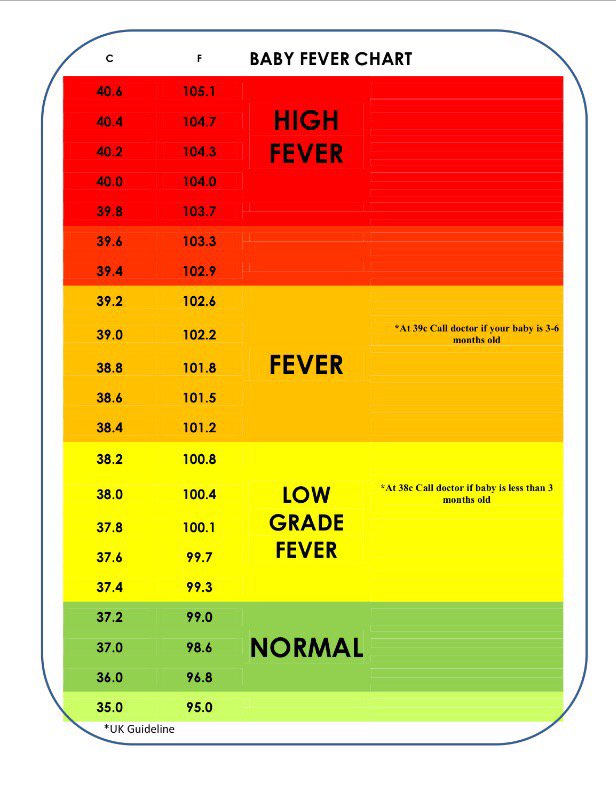
WHO risk assessment
Lassa fever is an acute hemorrhagic fever disease that is endemic in West Africa. Confirmed outbreaks and sporadic cases of Lassa fever have been reported in Benin, Burkina Faso, Côte d’Ivoire, Guinea, Ghana, Liberia, Mali, Sierra Leone, Togo and Nigeria. In some regions, rodents of the genus Mastomys are eaten.
Nigeria is a Lassa fever endemic country and has a developed capacity to control outbreaks of this disease, but the overall risk at the national level is currently assessed as high due to several factors:
- increase in the number of confirmed cases compared to the same period in previous epidemic seasons;
- reduced national capacity due to the need to respond to a range of current health emergencies, which has overburdened the country’s health system and limited the availability of medical resources;
- lack of personal protective equipment (PPE), which poses a high risk of spread of healthcare-associated infections;
- delays in transport of biomaterial specimens for laboratory testing in several states resulting in delayed confirmation of diagnosis and provision of treatment and care;
- Poor health infrastructure, poor sanitation and continued presence of virus-carrying rodents;
- insufficient information and education of the public and health care workers about Lassa fever, which can lead to further delays in diagnosis and treatment and increases the risk of infection and the likelihood of death.

Overall regional and global risk is assessed as low because Lassa virus is transmitted to humans primarily from animals and there is low human-to-human transmission.
WHO recommendations
Prevention of Lassa fever involves good hygiene at the community level to control the entry of rodents into homes. Effective measures include keeping grains and other foodstuffs in rodent-proof containers, removing waste disposal sites from homes, keeping homes clean, and keeping pet cats.
When caring for patients in health care settings, regardless of the suspected diagnosis, health care workers should always follow standard infection prevention and control measures. These measures include practicing hand and respiratory hygiene, using personal protective equipment against splashes or other contact with infectious materials, using safe injection practices, and ensuring the safe burial of the deceased.
Healthcare workers caring for patients with suspected or confirmed Lassa fever should take additional infection control measures to prevent contact with patients’ blood and body fluids, and with contaminated surfaces or materials, such as clothing and bedding. When in close contact with patients with Lassa fever (within one meter), healthcare workers need face protection (face shield or surgical mask and goggles), a clean, non-sterile long-sleeved gown, and gloves (sterile gloves are required for some medical procedures).
When in close contact with patients with Lassa fever (within one meter), healthcare workers need face protection (face shield or surgical mask and goggles), a clean, non-sterile long-sleeved gown, and gloves (sterile gloves are required for some medical procedures).
There are currently no registered vaccines to protect people against Lassa fever. In the early stages of the disease, the antiviral drug ribavirin may be an effective treatment for Lassa fever, but the evidence is conflicting. Evidence on the effectiveness of ribavirin as a post-exposure prophylactic for Lassa fever is not available.
WHO continues to recommend that all Lassa fever endemic countries improve their early case detection and treatment in order to reduce the number of deaths.
Based on available information, WHO does not recommend any restrictions on passenger or trade traffic for Nigeria.
Additional information
- WHO. Health issues. Lassa fever (in English)
- WHO.
 News bulletin. Lassa fever
News bulletin. Lassa fever - Lassa fever epidemiological summaries, documents on previous outbreaks
- Nigerian Center for Disease Control, Lassa fever outbreak update in Nigeria (in English)
Citation: World Health Organization
(May 1, 2023). News about disease outbreaks. Lassa fever – Nigeria. See https://www.who.int/en/emergencies/disease-outbreak-news/item/2023-DON463
🎖▷ Why you don’t have to worry about weight gain with Lamictal
If you’re concerned about There is good news that taking Lamictal (lamotrigine) may lead to weight gain. It probably won’t affect your weight much. If anything, you’re more likely to lose weight due to Lamictal than gain weight, but either way, the changes are likely to be pretty small.
The effect of Lamictal on weight has been little studied and various clinical trials have found minimal effect. In fact, some researchers even considered the drug as a possible remedy for obesity and as a remedy for overeating. This information should be reassuring for people with bipolar disorder, as many of the medications used to treat this condition can cause weight gain.
This information should be reassuring for people with bipolar disorder, as many of the medications used to treat this condition can cause weight gain.
Lamictal findings and weight gain or loss
Lamictal is an anticonvulsant that can be used to treat seizures such as epilepsy. It is also used as a mood stabilizer for bipolar disorder.
In the first clinical trials with the drug, 5 percent of adults with epilepsy lost weight while taking Lamictal, while 1 to 5 percent of patients with bipolar I disorder gained weight while taking the drug. The researchers do not disclose how much weight patients have gained or lost.
Meanwhile, a 2006 study comparing the effects on weight of Lamictal, lithium, and placebo found that some Lamictal-treated patients gained weight, some lost weight, and most remained about the same weight. Weight changes are usually not many pounds anyway. Obese patients taking Lamictal lost an average of four pounds, while the weight of non-obese patients remained virtually unchanged.
Relationship between weight gain and other bipolar drugs
Weight gain from medications used to treat bipolar disorder is unfortunately quite common. Some mood stabilizers commonly used for bipolar disorder, especially lithium and Depakote (valproate), carry a high risk of weight gain.
In addition, the atypical antipsychotics Clozaril (clozapine) and Zyprexa (olanzapine) tend to cause significant weight gain in people who take them. Finally, some antidepressants, notably Paxil (paroxetine) and Remeron (mirtazapine), have been associated with weight gain.
Therefore, if you are already overweight, you and your psychiatrist may want to consider additional weight gain when determining your bipolar medication regimen. Based on this, Lamictal may be a good choice.
Lamictal as a possible treatment for obesity
Lamictal has also been studied as a possible treatment for obesity in people without epilepsy or bipolar disorder.
In a small 2006 40-person clinical trial, researchers randomly assigned participants to receive either lamictal or placebo for up to 26 weeks.



 News bulletin. Lassa fever
News bulletin. Lassa fever